Floating Schools: A beautiful innovation
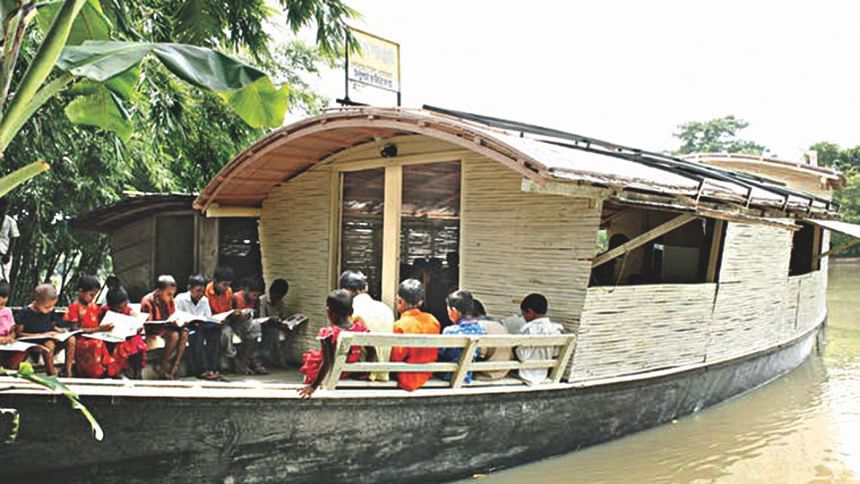
Bangladesh is located at the crossing of two mighty rivers: the Ganges and the Brahmaputra. This is one of the reasons why Bangladesh is the largest delta in the world. Being the largest delta has made the land one of the most fertile in the world. However, most of Bangladesh lies a few metres above sea level. From the beginning of time, the rivers have overflowed during the monsoon. A vast region of the country can stay under water for five months between June to October.
The beauty of Bangladesh is its people. The more the adversity, the more resilient the people become. The more innovative solutions they find. One such innovation is the floating school that started as a Bangladeshi 'start-up' and is now an envy to the world.
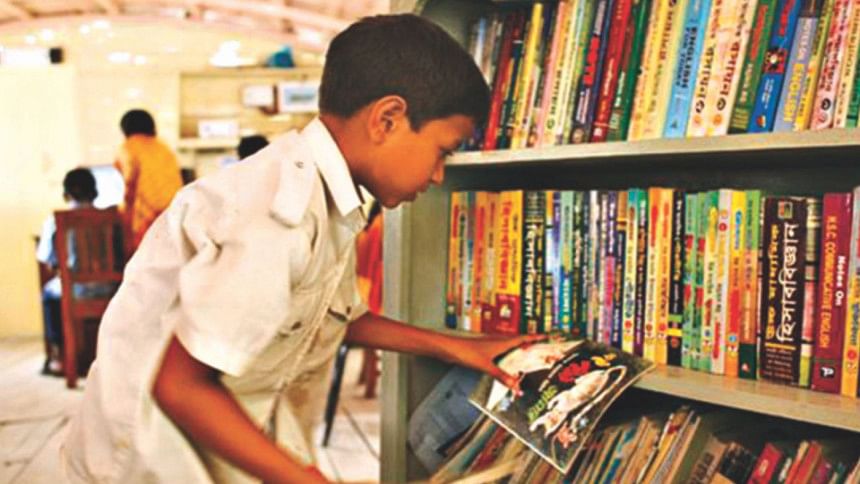
Mohammed Rezwan grew up in Northwestern Bangladesh. From childhood, he was disturbed by the disruption of life during monsoon. It was difficult or impossible to attend school during this time. Mohammed was fortunate. His family owned a transportation boat. This allowed him to attend classes. Many of his friends weren't so fortunate. Some had to drop-out from school and be deprived of elementary education.
Mohammed went on to study architecture at BUET. Children not being able to attend school during the monsoon and some dropping out were always in the back of his mind. After completing his bachelor's degree, Mohammed went back to his village. He wanted to do something for the kids of his village and the region. His initiative was revolutionary. If the kids can't go to school during monsoon, why not bring the school to the kids?
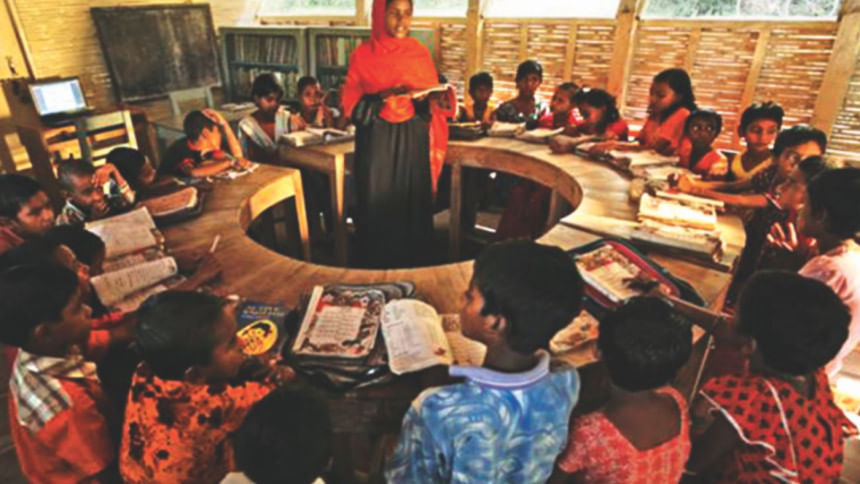
Starting with only US$ 500 (Tk 40K), Mohammed designed a boat. And thus Shidhulai Swanirvar Sangstha was born. The boat would collect the kids every morning from their villages. The boat would be the school – a floating school. The idea was seismic in its response. Kids want to go to school. Their parents want that also. But in deprived societies, it's not always possible for kids to attend school since they are also bread-winners of their families.
Mohammed's initiative needed more helping hands. Hand were extended through grants and donations. Soon the floating school became a complete school. It provided education and it provided entertainment. Kids learn the curriculum. The barnamala is presented with features of the environment so the kids know their environment and how to protect and take care of it. To make sure the kids don't get left behind, each boat has computers and also a library from where the kids can borrow books. Solar powered energy ensures the kids go back home with a solar powered lantern to study. The objective is to make sure kids can study inside and outside school hours.
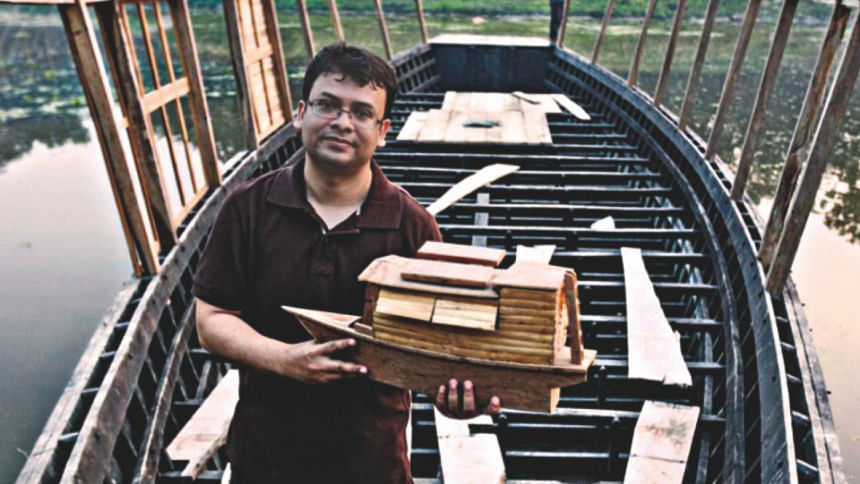
Shidhulai soon found out that their floating schools could provide another crucial service to the community. Primary healthcare service was introduced. Teachers teaching the kids, doctors taking care of the community. Floating schools started to bring the school and the medical centre to the people during monsoon.
Innovation is not always related to expanding the boundaries of technology. Innovation can also be defined as making better use of existing technology. The objective of all technology is to improve peoples' lives. Innovation is also related to give hope and opportunity to those who may be left behind. Mohammed Rezwan didn't pursue a traditional career like many other architects do. Mohammed decided to give something back to his community and the nation. What Mohammed did from his generation, the new generation of Bangladesh can do better. Isn't that one of the purposes of life? To give something back to one's own roots?
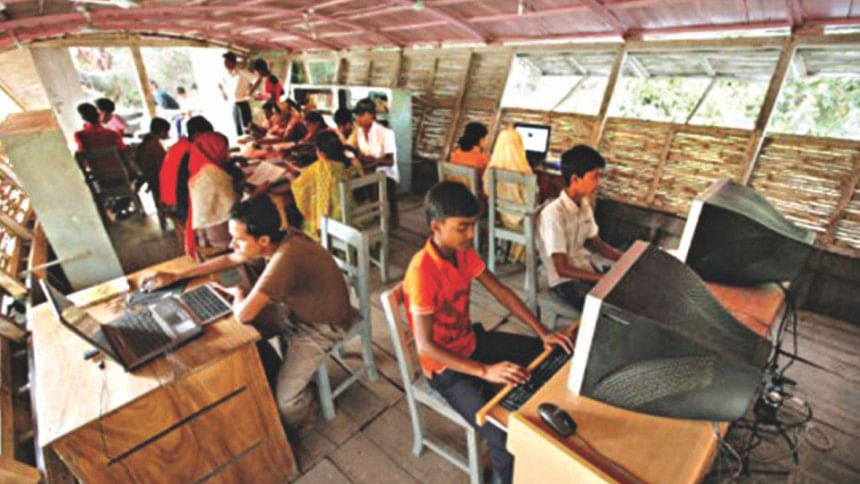
Asrar Chowdhury teaches economic theory and game theory in the classroom. Outside he listens to music and BBC Radio; follows Test Cricket; and plays the flute. He can be reached at: [email protected]

 For all latest news, follow The Daily Star's Google News channel.
For all latest news, follow The Daily Star's Google News channel. 



Comments